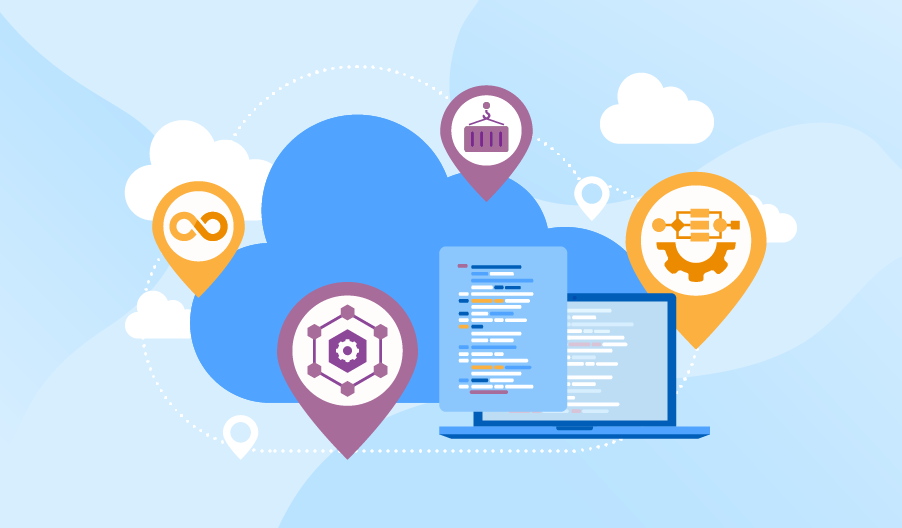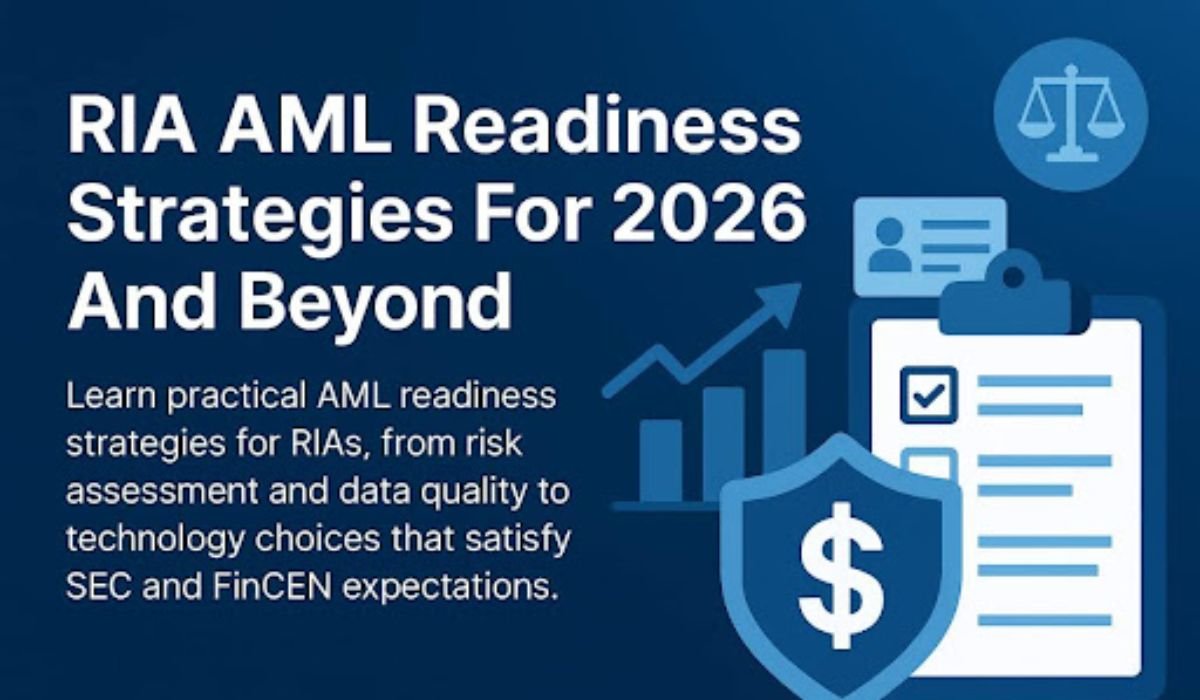Cloud modernization is no longer an option for enterprises seeking growth, agility, and resilience—it’s a necessity. As legacy systems struggle to keep pace with digital demands, organizations are turning to the cloud to unlock scalability, cost efficiency, and innovation. But making the leap from on-premises or outdated infrastructure to modern, cloud-native platforms requires a strategic, phased approach. This comprehensive guide presents a detailed cloud modernization roadmap, providing actionable insights and best practices for a successful transformation.
The Importance of Cloud Modernization
Legacy IT systems, while reliable in the past, now pose significant challenges: high maintenance costs, limited scalability, security vulnerabilities, and slow response to market changes. In contrast, cloud modernization empowers organizations to:
- Scale resources on demand
- Reduce operational overhead
- Accelerate time-to-market
- Enhance security and compliance
- Enable remote and global collaboration
The global cloud computing market size is estimated to grow from USD 766 billion in 2025 to USD 3.50 trillion by 2035, at a CAGR of 14.623% during the forecast period, underscoring the massive shift underway as businesses modernize for the digital era.
Key Benefits of Cloud Modernization
Modernizing your IT environment brings a host of tangible benefits:
- Agility and Flexibility: Cloud-native architectures allow rapid deployment of new features, services, and applications.
- Cost Optimization: Pay-as-you-go models eliminate upfront hardware investments and reduce ongoing maintenance costs.
- Resilience and High Availability: Automated failover, backup, and disaster recovery capabilities ensure business continuity.
- Security and Compliance: Modern cloud platforms offer advanced security features, continuous monitoring, and easier compliance with regulations.
- Innovation Enablement: Access to AI, machine learning, analytics, and IoT services drives digital transformation and competitive differentiation.
Cloud Modernization Strategies
A successful cloud modernization roadmap involves transforming applications, data, and infrastructure to fully leverage cloud capabilities. Here’s how each element contributes to a future-ready digital ecosystem:
Application Modernization
Modernizing applications is central to cloud transformation. Instead of simply lifting and shifting legacy software, organizations should consider the following:
- Containerization: Packaging applications and dependencies into containers for portability and scalability.
- Microservices Architecture: Breaking monolithic applications into smaller, independent services for faster development and deployment.
- Refactoring and Replatforming: Updating code and architecture to optimize for cloud environments, improving performance and maintainability.
These approaches streamline development pipelines, reduce downtime, and make it easier to introduce new features or fix issues quickly.
Data Modernization
Data is the lifeblood of any modern enterprise. Data modernization involves:
- Migrating Databases: Moving structured and unstructured data to cloud-native databases or data lakes.
- Optimizing Data Structures: Restructuring data for advanced analytics and real-time insights.
- Ensuring Security and Accessibility: Implementing encryption, access controls, and governance to protect sensitive information.
With cloud-based analytics and AI, organizations can extract actionable insights, anticipate trends, and make data-driven decisions faster than ever.
Infrastructure Modernization
Shifting from on-premises hardware to cloud infrastructure delivers:
- Elasticity: Instantly scale resources up or down to meet demand.
- Operational Efficiency: Automate provisioning, monitoring, and management of resources.
- Reduced Downtime: Benefit from built-in redundancy and high availability.
Modern cloud platforms support continuous delivery and rapid innovation, freeing IT teams to focus on strategic initiatives.
Tools and Technologies for Cloud Modernization
Selecting the right tools is critical for a smooth modernization journey. Leading cloud providers offer robust ecosystems:
- AWS: Services like AWS Lambda, ECS, and RDS support serverless, containerized, and database modernization.
- Azure: Azure Functions, AKS, and Cosmos DB enable scalable, cloud-native development and data management.
- Google Cloud: GKE, Cloud Functions, and BigQuery offer powerful options for application and data modernization.
DevOps tools (e.g., Jenkins, Terraform, Kubernetes) and security solutions (e.g., IAM, encryption, monitoring) further streamline the transition, ensuring consistency and compliance.
Cloud Modernization Framework
A structured cloud modernization roadmap is essential for minimizing risk and maximizing value. The journey typically unfolds in three phases:
1. Assessment and Planning
Begin with a comprehensive evaluation of your existing environment:
- Infrastructure Audit: Identify which assets can be migrated, updated, or retired.
- Goal Definition: Set clear objectives—performance, cost, security, or innovation.
- Dependency Mapping: Understand how applications and data interact to avoid disruptions.
- Workload Prioritization: Focus on high-impact migrations first.
- Roadmap Development: Create a detailed plan with timelines, resources, and milestones.
This phase establishes a strong foundation, aligning modernization efforts with business strategy.
2. Implementation and Migration
With a clear plan, move into execution:
- Pilot Projects: Test migration approaches with non-critical workloads.
- Phased Migration: Move applications and data in stages, continuously testing and refining processes.
- Change Management: Train teams and communicate changes to ensure smooth adoption.
- Risk Mitigation: Implement rollback plans and monitor for issues.
A phased approach reduces business disruption and allows for continuous improvement.
3. Optimization and Continuous Improvement
Post-migration, focus on:
- Performance Tuning: Optimize applications and infrastructure for cloud environments.
- Cost Management: Monitor usage and adjust resources to avoid overspending.
- Security and Compliance: Continuously assess and update security postures.
- Innovation: Leverage new cloud services to drive ongoing transformation.
Continuous optimization ensures long-term success and resilience.
Tips to Get Started with Your Cloud Modernization Journey
- Conduct a Comprehensive Assessment: Evaluate your IT landscape, identify outdated systems and map dependencies.
- Set Measurable Objectives: Define clear, quantifiable goals for scalability, cost, or security.
- Select the Right Cloud Provider: Choose a partner with industry expertise and a proven track record in cloud modernization.
- Form a Cross-Functional Team: Involve IT, finance, operations, and business leaders for holistic decision-making.
- Create a Phased Migration Plan: Prioritize critical workloads and schedule lower-priority migrations for later phases.
By following these steps, your organization can embark on a successful modernization journey, leveraging a robust cloud modernization roadmap.
Conclusion
Cloud modernization is a journey, not a destination. By embracing a comprehensive cloud modernization roadmap, organizations can move confidently from legacy systems to scalable, cloud-native environments. The rewards—agility, cost savings, security, and innovation—are within reach for those who plan carefully, leverage the right tools, and stay ahead of emerging trends.
As the cloud computing market accelerates, now is the time to modernize, innovate, and position your business for sustained success in the digital age. For a tailored approach and expert guidance, ensure your strategy is built on a proven cloud modernization roadmap that aligns with your unique business goals.
READ ALSO: Beyond the Cloud: How iCloud GU is Reshaping Campus Life at Galgotias University











